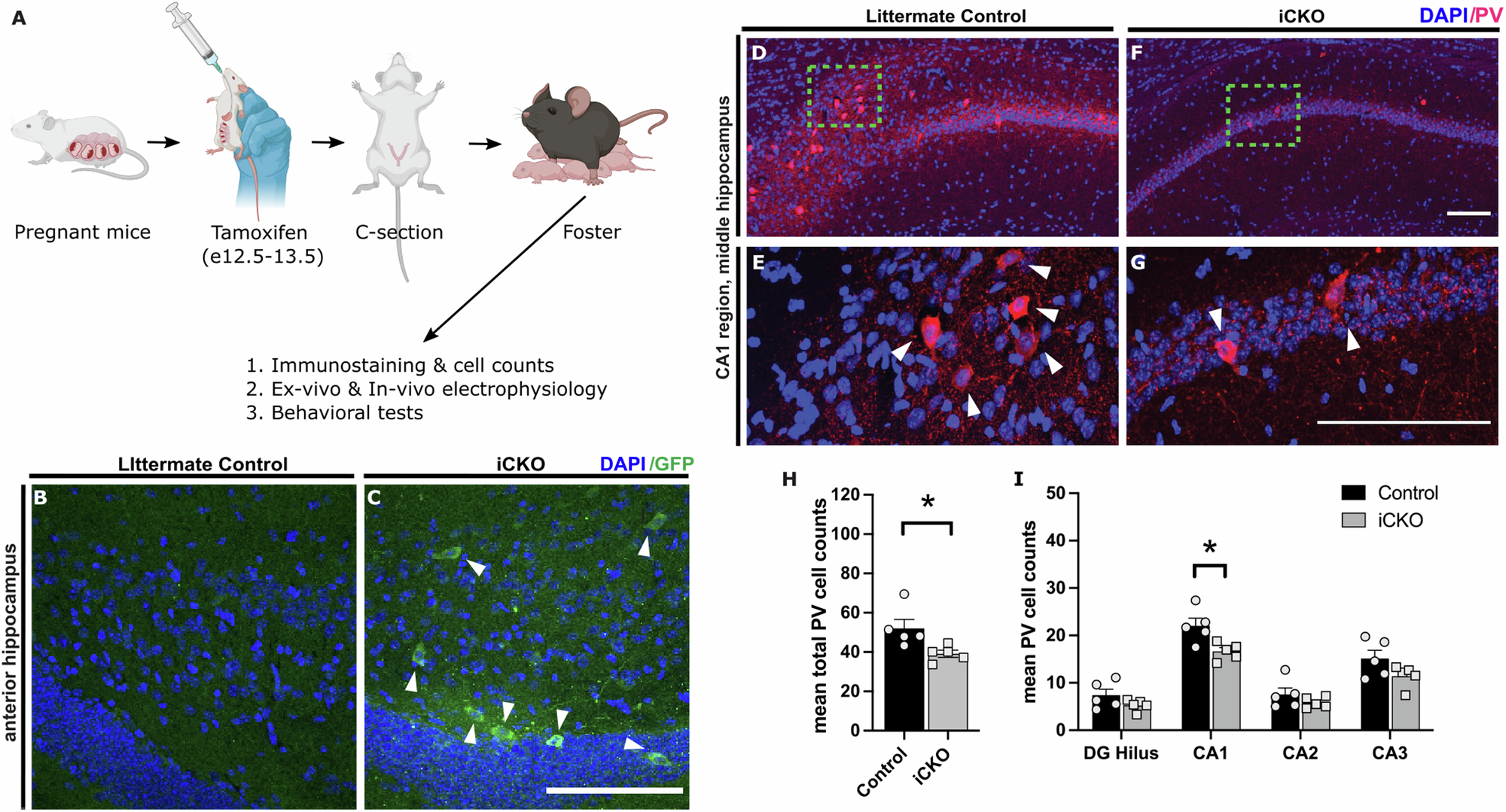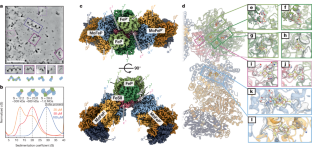2025-01-08 タフツ大学
<関連情報>
- https://now.tufts.edu/2025/01/08/antiviral-protein-causes-genetic-changes-implicated-huntingtons-disease-progression
- https://www.pnas.org/doi/10.1073/pnas.2408179122
APOBEC3AはCTGヘアピンループを脱アミノ化し、拡張CAG/CTGリピートの脆弱性と不安定性を促進する APOBEC3A deaminates CTG hairpin loops to promote fragility and instability of expanded CAG/CTG repeats
Rebecca E. Brown, Margo Coxon, Benjamin Larsen, +5, and Catherine H. Freudenreich
Proceedings of the National Academy of Sciences Published:January 7, 2025
DOI:https://doi.org/10.1073/pnas.2408179122

Significance
CAG/CTG repeat expansions cause 16 different human diseases. DNA damage can initiate CAG/CTG expansions, but which sources are relevant in brain cells is not known. We reveal that the human cytidine deaminase APOBEC3A can deaminate hairpin structures containing CTG triplet sequences and cause breaks and instability of long CAG/CTG repeat tracts. APOBEC3A was found to be more highly expressed in postmortem Huntington’s disease prefrontal cortex tissue compared to neuropathologically normal controls. Taken together, our results implicate cytidine deamination by APOBEC3A as a potential cause of repeat expansions in CAG/CTG repeat expansion disorders.
Abstract
CAG/CTG repeats are prone to expansion, causing several inherited human diseases. The initiating sources of DNA damage which lead to inaccurate repair of the repeat tract to cause expansions are not fully understood. Expansion-prone CAG/CTG repeats are actively transcribed and prone to forming stable R-loops with hairpin structures forming on the displaced single-stranded DNA (S-loops). We previously determined that damage by the Saccharomyces cerevisiae cytosine deaminase, Fcy1, was required for both fragility and instability of CAG/CTG tracts engaged in R-loops. To determine whether this mechanism is more universal, we expressed human cytidine deaminases APOBEC3A (A3A), APOBEC3B (A3B), or activation-induced cytidine deaminase (AID) in our yeast system. We show that mutagenic activity of Apolipoprotein B messenger RNA-editing enzyme, catalytic polypeptides causes CAG/CTG fragility and instability, with A3A having the greatest effect followed by A3B and least from AID. A3A-induced repeat fragility was exacerbated by enrichment of R-loops at the repeat site. A3A and A3B-induced instability was dependent on the MutLγ nuclease and to a lesser extent, base excision repair factors. Deaminase activity assays on hairpin substrates containing CTG and GTC triplet sequences revealed that A3A prefers cytidines within the hairpin loop, and bulges in the hairpin stem alter preferred locations. Analysis of RNA expression levels in human cortex samples revealed that A3A is expressed in brain tissue that exhibits CAG/CTG repeat expansions and its expression is elevated in Huntington’s disease (HD) patient samples. These results implicate cytidine deamination by A3A as a potential source of repeat expansions in HD and other CAG/CTG repeat expansion disorders.


